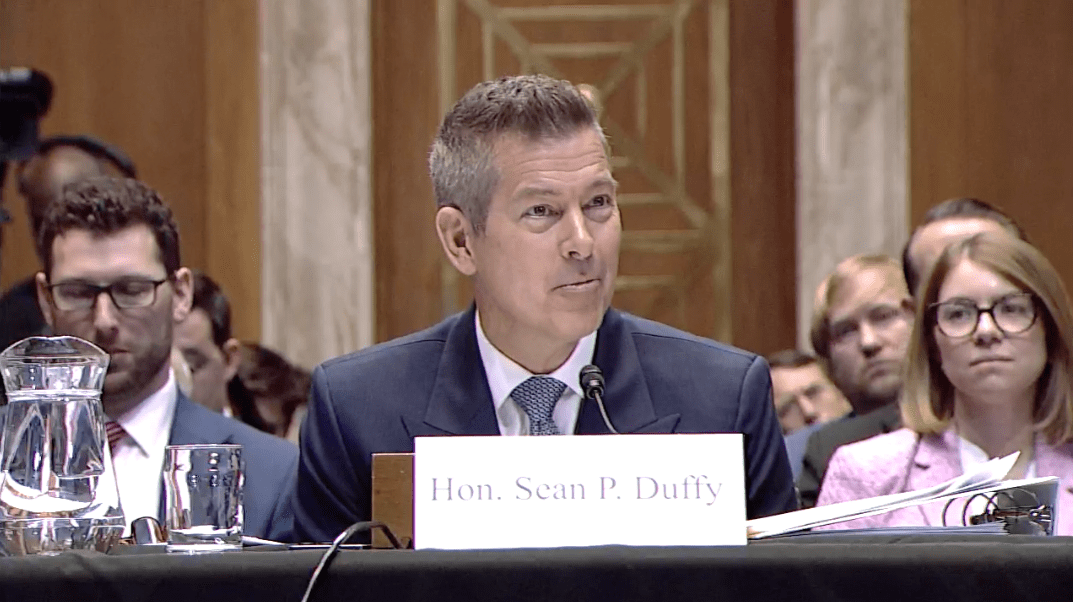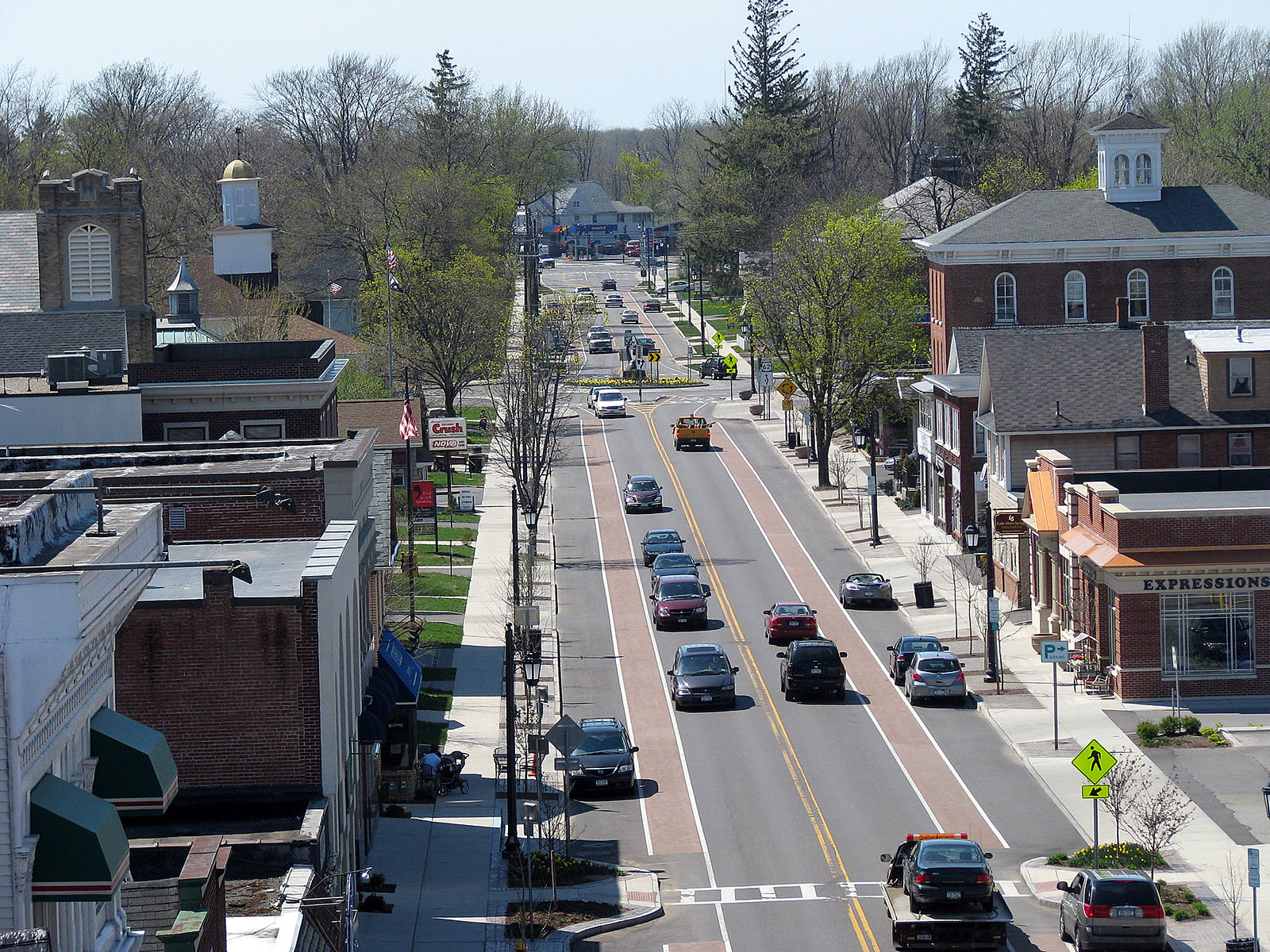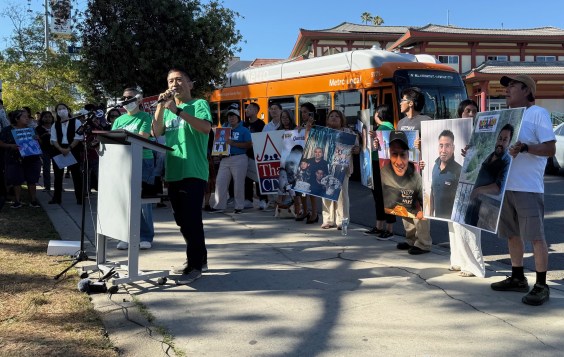
Portland. Minneapolis. Oklahoma City? Ok, so you probably won't find that last one on any lists of the most bike-friendly cities in the U.S. But with a little bit of effort, the city could change, says Eric Dryer at Bike OKC. In a lot of ways, Oklahoma City has all the right ingredients to be a great city for cycling, he says:
First, our wide, overbuilt roads are too big for the speed and volume of car traffic in the city. The majority of the streets, especially Downtown and in the neighborhoods, have 11-12-foot-wide lanes and cars don’t really need more than 9 feet per lane. Some of that extra space could be used for bike lanes. By reducing the width of the driving lanes, drivers will instinctively slow down making it much safer for cyclists and pedestrians alike.
Many other streets in the city simply have too many lanes for the amount of traffic per day on the road. Many of these streets may be busy for 15 – 30 minutes per day, but the rest of the time they are empty. Reducing 4 lane streets to 3 lanes (or even 2 lanes) can help traffic flow more efficiently and frees up space for cycling infrastructure. Streets like NW 10th St, Hudson Ave, and Shartel Ave. could all lose a lane to make way for bike lanes or protected cycle tracks. We have already seen a “road diet” like this take effect and the result is a wonderful buffered bike lane on NW 39th St [right].
Oklahoma City’s gridded street system is another advantage for a great biking city. The grid does a great job of distributing traffic evenly throughout the system. Consider leaving Downtown at 5 pm and heading north to your home. There are at least 7 different north-south routes that extend out of downtown and continue to a variety of different neighborhoods. The same is true going east or west. The grid is a great way for cyclists to travel because they can avoid streets with more traffic or faster moving vehicles and opt for the quieter streets. It works well for cyclists trying to access streets like Broadway Ave, Classen Blvd, or NW 23rd St since cyclists are able to safely ride on the neighborhood streets on either side of those busy thoroughfares.
Oklahoma City is generally a flat city, with a few small hills throughout the city. When compared to some other large bike-friendly cities, like Seattle, San Francisco, or Portland, OKC is flat as a pancake. This is a great advantage to have since it makes riding that much easier and it isn’t as daunting for new riders who may not have the strength or endurance to ride up hills. And when the temperature starts to rise, any extra effort from having to climb large hills could lead to an uncomfortable and sweaty situation.
Oklahoma City's mayor, Mick Cornett, has been very progressive on street safety. Maybe this could really happen.
Elsewhere on the Network today: The Architect's Newspaper shares nine projects that are making Nashville a more urban place. Bike Portland attempts to answer the question of why so many motorists are so angry about cyclists. And Urban Cincy shares the results of a recent study finding the city could add a new light rail line and an important biking and walking connection for just $36 million.






